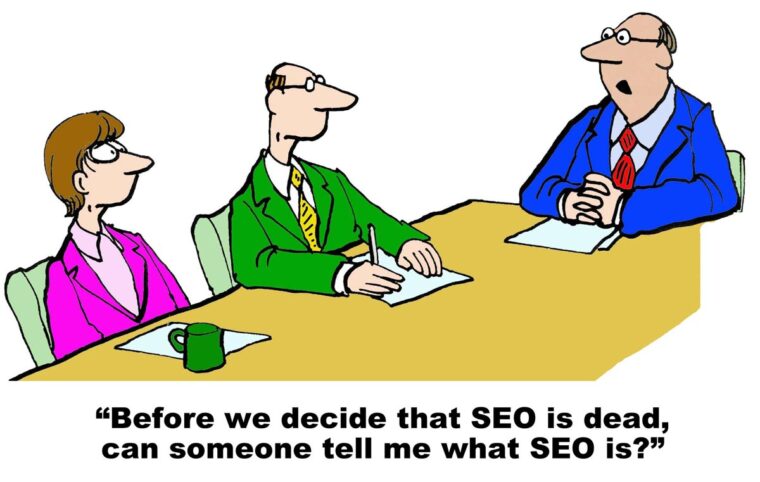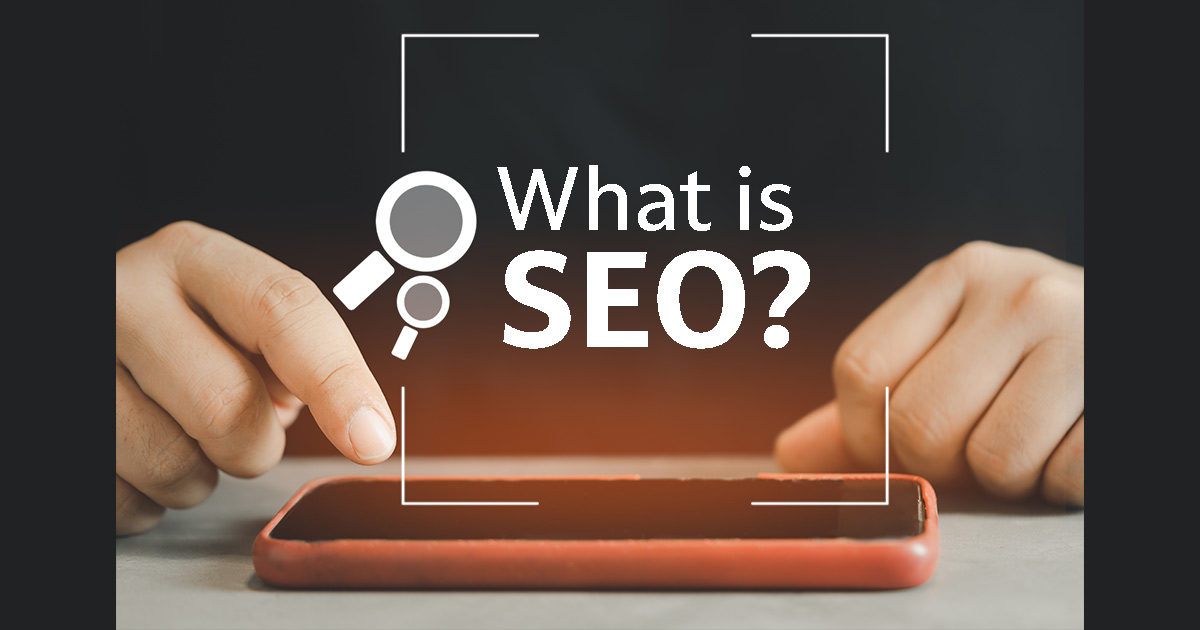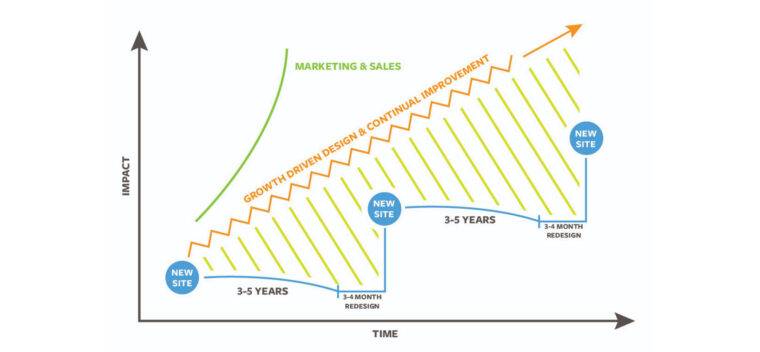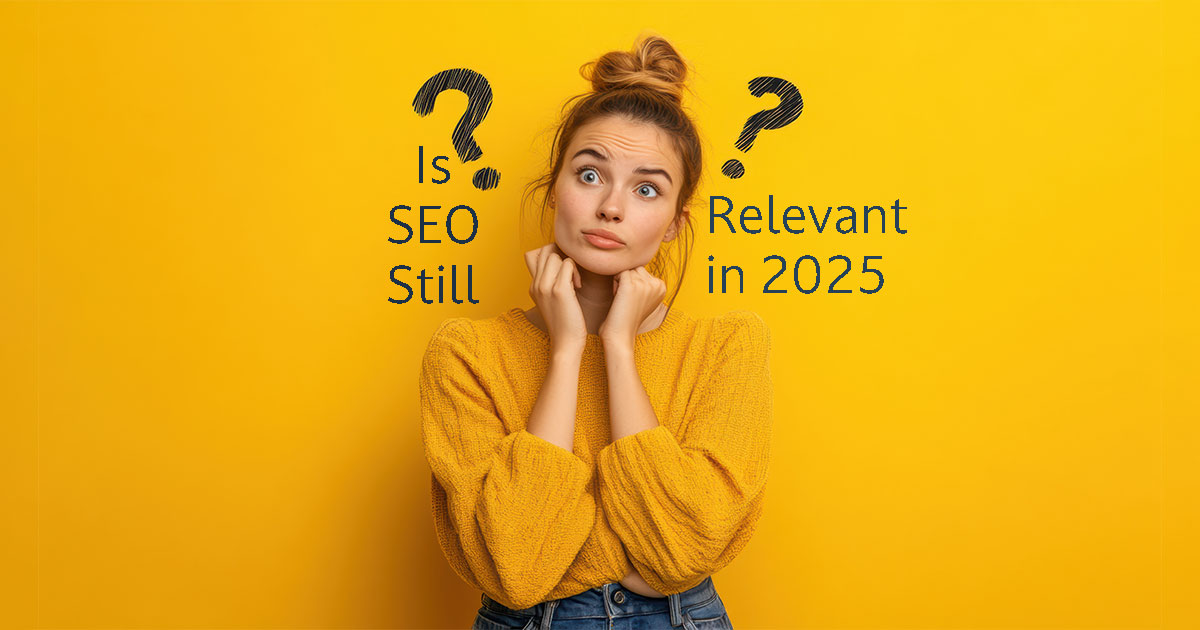At Back9, we make no secret that in today’s digital first world, visibility is key. It’s crucial for businesses, bloggers, and content creators alike.
But how do you stand out in the vast online world? The answer is Search Engine Optimisation.
By now anyone who’s anyone shouldn’t have to ask What is SEO? But they still do. It’s somewhat of an enigma. Not just what it stands for but how does it actually work?
SEO, or Search Engine Optimisation, is a game changer. It’s a set of strategies aimed at improving your website’s visibility on search engines.
And I am here to tell you, you don’t need to understand it. You just need to accept, You need to also accept The Ongoing Importance of SEO in 2025. Furthermore, that is when done right, Search Engine Optimisation can drive traffic to your site. It can convert casual browsers into loyal customers.
However in saying that, in this article I’ll guide you through the basics of SEO. I’ll also provide actionable tips on how to implement effective strategies. As well as explain some of the benefits of Search Engine Optimisation.
Whether you’re a small business owner, a marketing professional, or a curious reader, this guide is for you. Let’s dive into the world of Search Engine Optimisation.

Understanding SEO and Its Importance
SEO stands for Search Engine Optimisation. It’s the practice of enhancing a website to improve its position on search engine results pages.
Higher rankings mean more visibility. More visibility can translate to increased web traffic.
Search engines like Google use algorithms. Google ranking factors use their algorithms to determine the order of website listings for specific searches.
Businesses benefit greatly from SEO. It can lead to increased brand awareness and higher sales.
SEO is not only about search engines. It’s also about improving user experience and site usability.
Understanding SEO is crucial for anyone who has an online presence. It offers competitive advantage and growth opportunities.
How SEO Works: The Basics
SEO is a complex process. It involves various components that work together to boost site rankings.
Search engines use bots to crawl web pages. They index these pages based on several ranking factors.
Algorithms analyze indexed pages and rank them. Good Search Engine Optimisation improves your site’s algorithmic performance.
Key ranking factors include keywords, content quality, and backlinks. Here’s a breakdown of important elements:
- Keywords: Match user searches with relevant content.
- Content Quality: Provide valuable and engaging information.
- Backlinks: Obtain links from reputable sites to build authority. Get the 411 on backlinks here
Through these elements, SEO drives organic traffic. It helps your website appear when users search for related topics.
The Role of Keywords in SEO
Keywords are at the core of SEO. They are terms users type into search engines when seeking information.
Choosing the right keywords involves research. It’s important to understand your audience’s search habits.
Long-tail keywords are especially useful. These are specific phrases with less competition but high intent.
Incorporating keywords naturally into content is crucial. This enhances both visibility and relevance without sacrificing quality.
On-Page vs. Off-Page Search Engine Optimisation
SEO involves two main categories: on-page and off-page strategies. Both are vital for improving search visibility.
On-page SEO focuses on optimizing content and HTML. This includes title tags, headers, and keyword usage.
Optimising these elements helps search engines understand your content better. It boosts your site’s relevance for chosen keywords.
Off-page SEO, on the other hand, focuses on actions taken outside of your website. This primarily involves building backlinks.
Backlinks from reputable sites show trustworthiness. They help increase your site’s authority in search engines.
Balancing both strategies is essential. Together, they create a comprehensive SEO plan that enhances search rankings.
On-Page SEO Essentials
On-page SEO requires attention to detail. Properly structured title tags and headers are crucial.
Using keywords naturally within content is important. They should appear in the first 100 words for optimal effectiveness.
Don’t forget meta descriptions. These snippets summarize your page in search results, encouraging clicks.
Additionally, image optimization is a key factor. Properly named and alt-tagged images enhance search accessibility.
Off-Page SEO Strategies
Off-page SEO extends beyond your website. Building quality backlinks is a primary focus.
Guest blogging is an effective way to gain backlinks. Contributing valuable content to other sites boosts your credibility.
Social media also plays a role. Sharing content helps amplify its reach and attract potential backlinks.
Local SEO is part of off-page efforts too. Engaging in local directories and securing reviews can improve local search rankings.
Another strategy is influencer marketing. Partnering with influential individuals can drive traffic and increase backlinks.
Writing Great SEO Content
Quality content is vital for effective Search Engine Optimisation. It attracts users and keeps them engaged.
Start by understanding your audience’s needs. Content should address their questions and offer valuable insights.
Incorporate keywords naturally into your writing. This helps search engines recognize what the content is about.
Focus on clear, concise language and a logical structure. Easy readability improves the user experience and boosts SEO potential.
Blogging for SEO: How Often Should You Post?
Consistency is key when it comes to blogging. A regular posting schedule enhances Search Engine Optimisation performance.
Aim to blog as often as you can manage quality content. Each new post is an opportunity to rank for more keywords.
Local SEO and Your Business
Local SEO focuses on improving visibility for businesses in specific geographic areas. This is crucial for attracting nearby customers.
Local searches often result in higher conversion rates. They connect users with immediate needs to businesses that can fulfill them.
To leverage local SEO, make sure your Google My Business profile is updated. Include accurate contact details and business hours.
Encourage customer reviews and regularly interact with them. Positive reviews and active engagement can enhance local search rankings.
Ranking in Local SEO
Local SEO ranking involves several factors. Proximity to the searcher and relevance of your business are key.
Citations from reputable local sources also boost rankings. Listings should be consistent across various platforms.
Technical SEO: A Quick Guide
Technical SEO ensures your website is easily crawled and indexed by search engines. It involves optimizing the backend of your site.
Key aspects include improving site speed, mobile-friendliness, and secure connections via HTTPS. These factors enhance user experience and searchability.
Measuring SEO Success
Evaluating SEO efforts involves tracking metrics like organic traffic, keyword rankings, and conversion rates. Use tools like Google Analytics to gain insights.
These metrics help you understand user behavior and ROI. Regular analysis allows for adjustments, ensuring ongoing SEO improvement.
Conclusion: The Relevance of SEO Today
SEO remains vital in the ever-changing digital landscape. Businesses need Search Engine Optimisation to enhance online visibility and compete effectively.
Embracing Search Engine Optimisation leads to increased traffic and potential growth. Staying updated with trends ensures your strategy remains effective.












